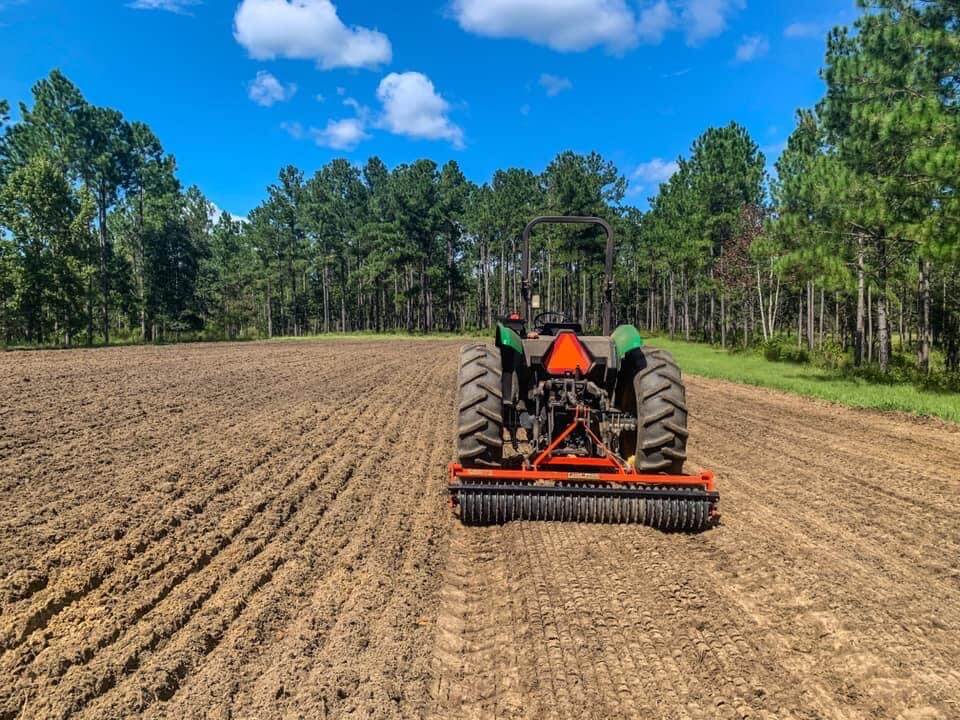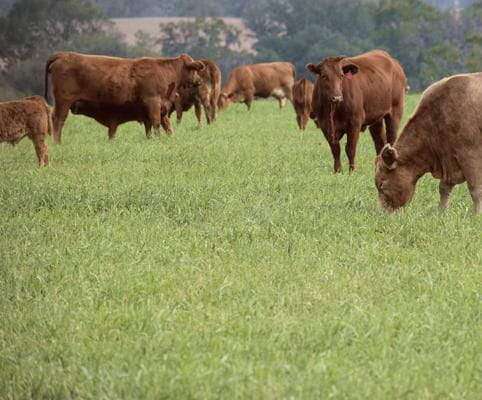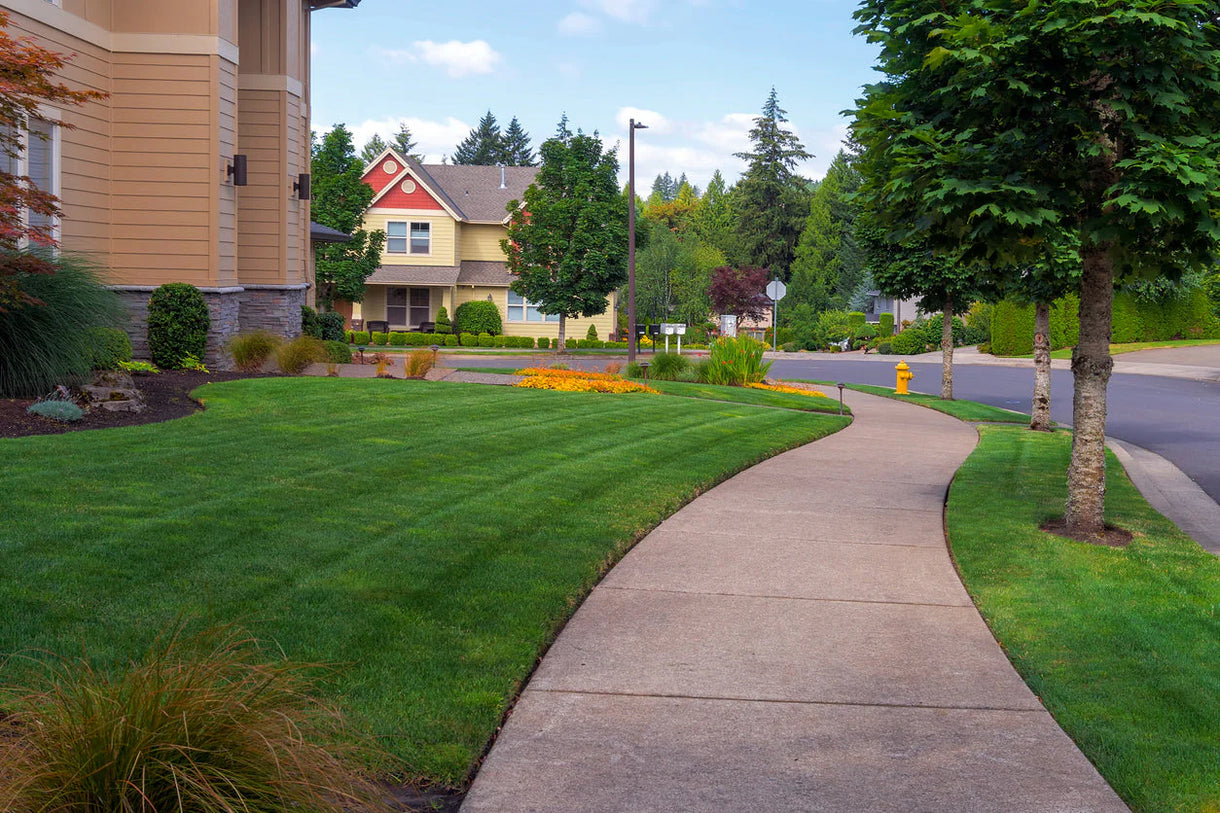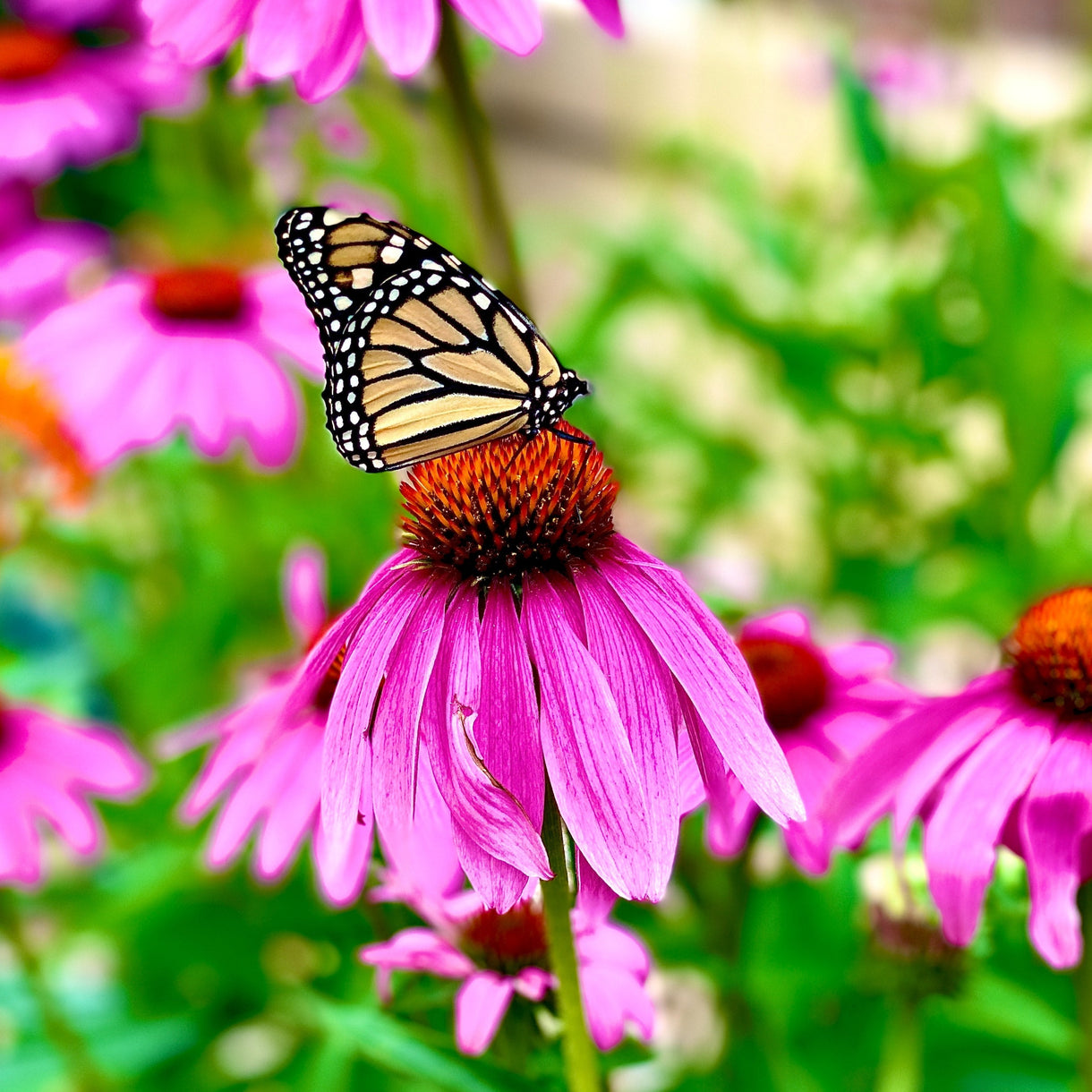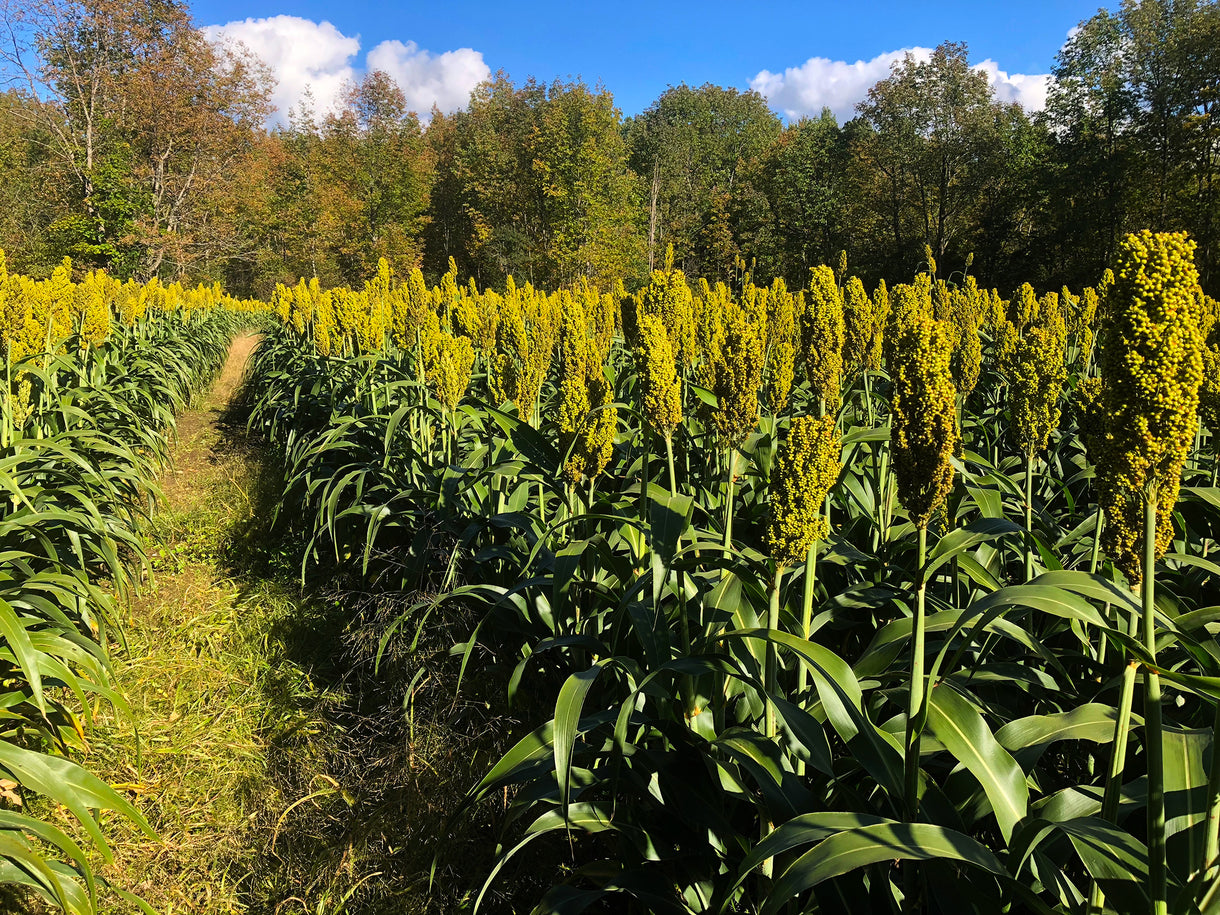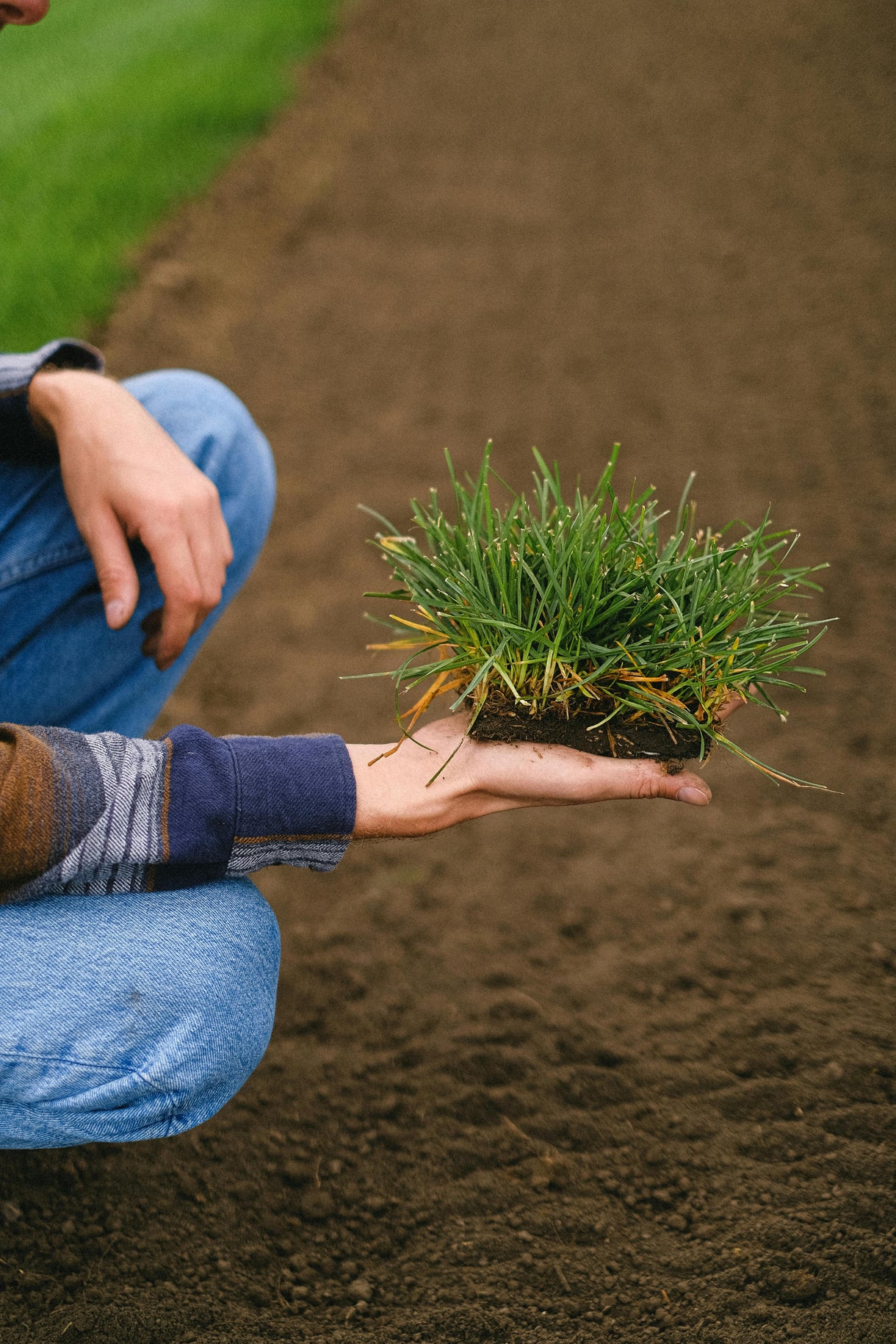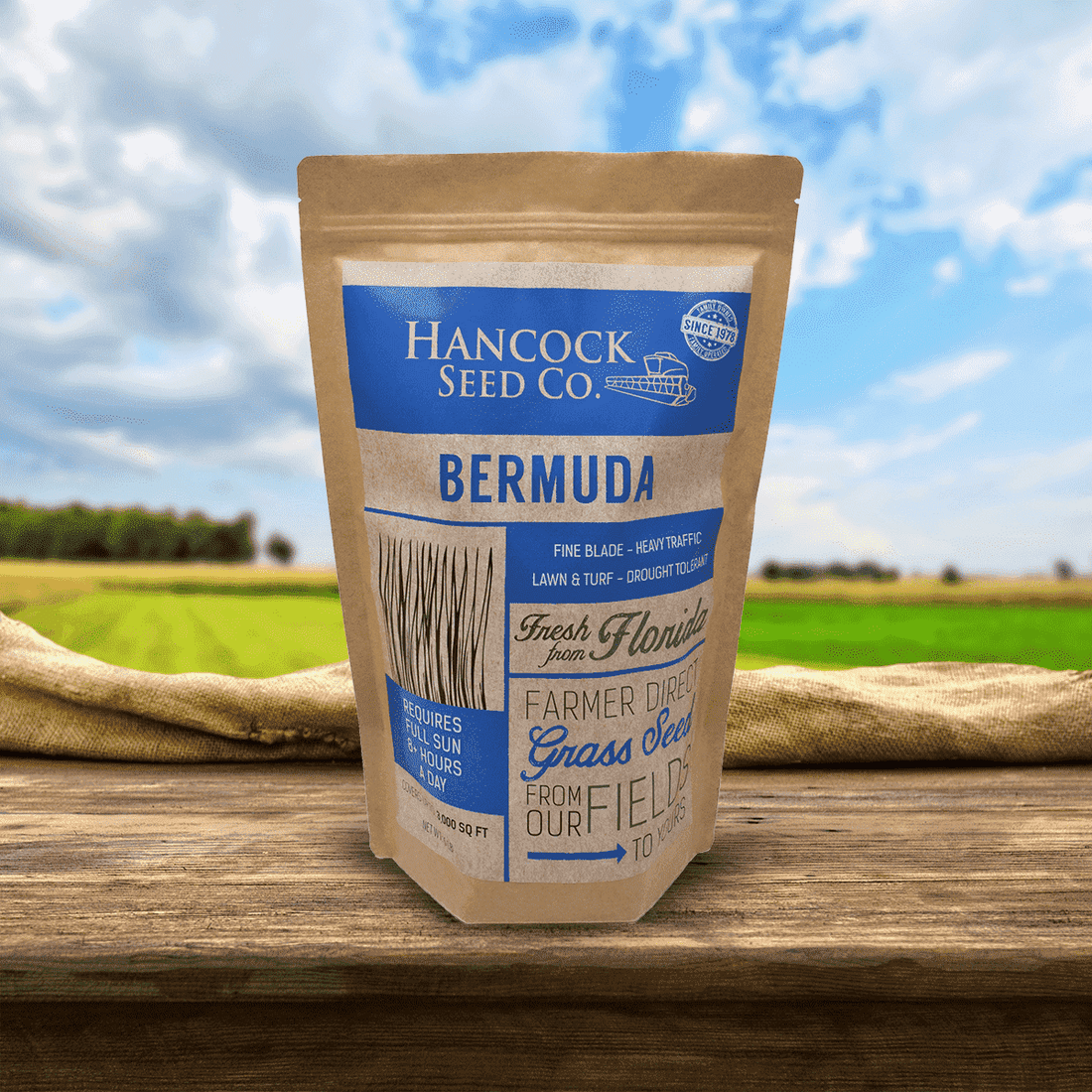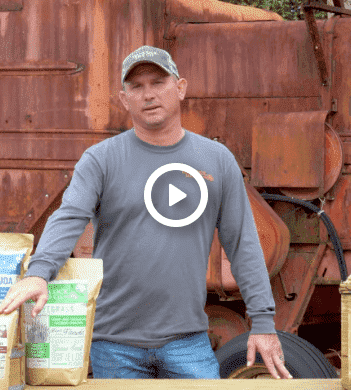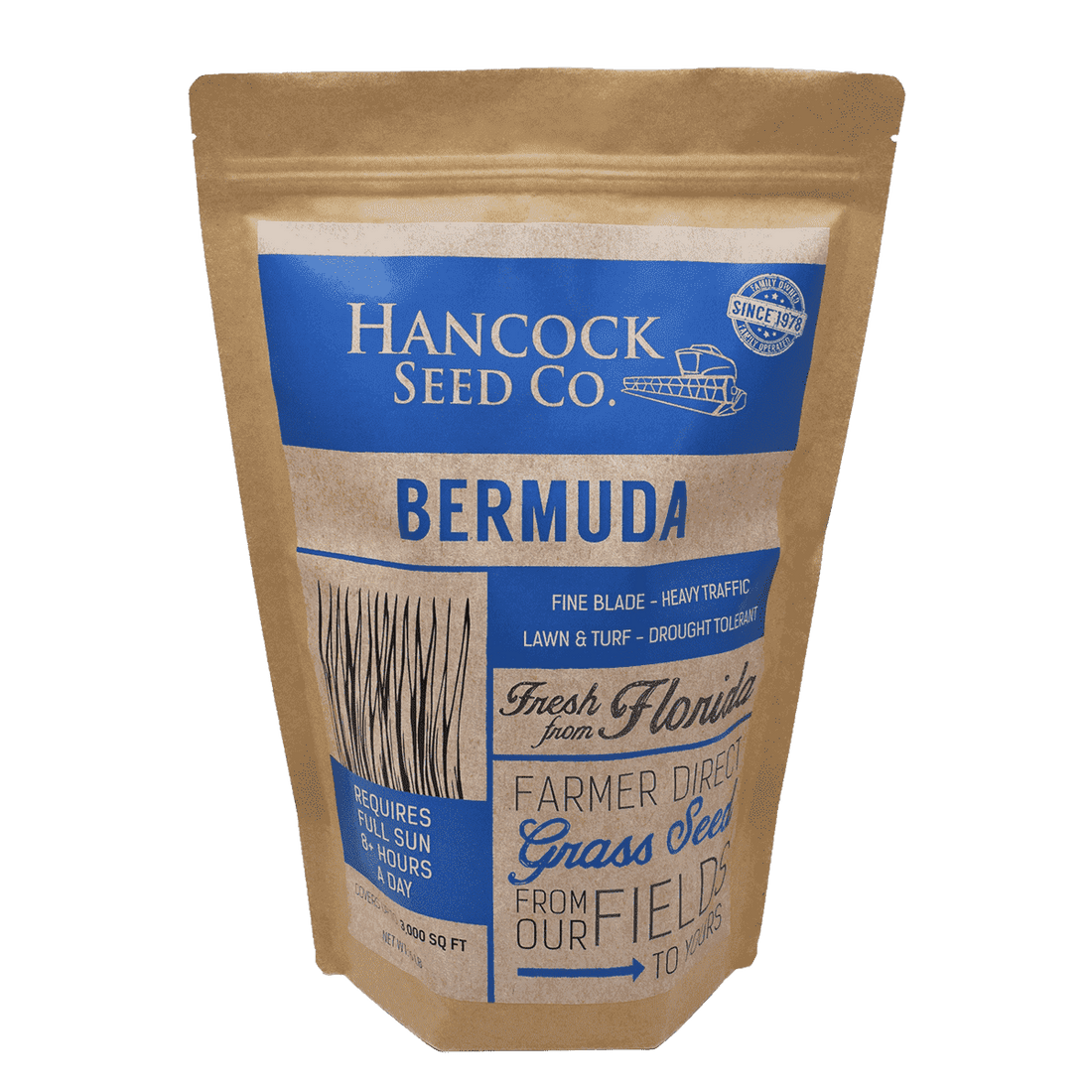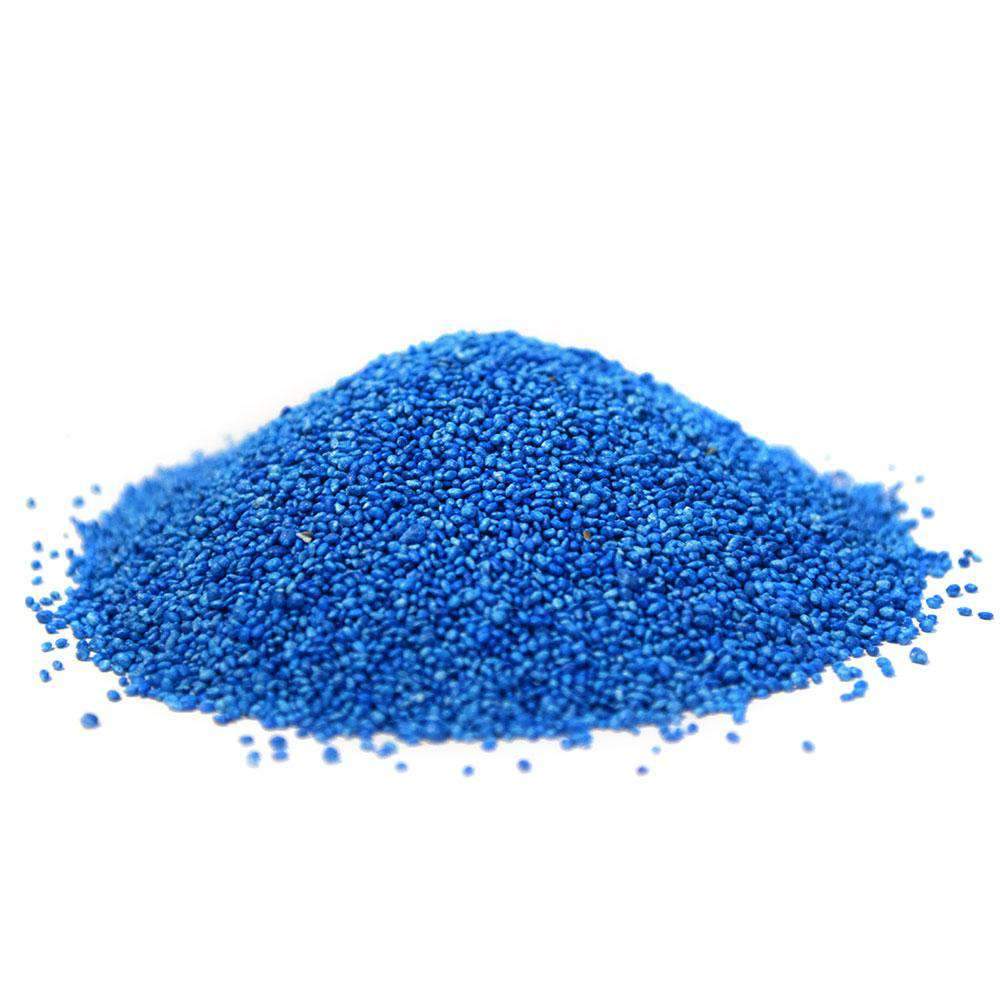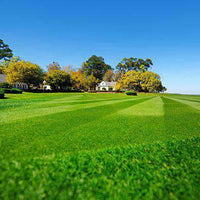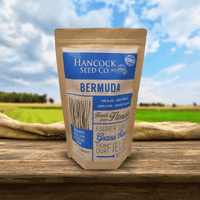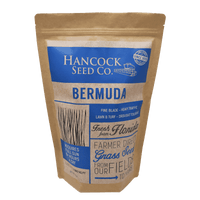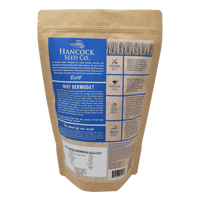Popular Products
Popular Products

Seed Quality
Hancock Seed is dedicated to delivering the best seeds possible to our customers. Hancock Seed grows and harvests many of our products, and we acquire the majority of the rest from other family farmers.
All these seeds are processed, packaged and shipped from Hancock Farm. This helps us ensure that our high standards are met. Unlike much of the competition, we refuse to sell you a seed that was not gathered during the last harvest. You will always receive fresh product from Hancock.
Every seed we grow comes with 40 years of experience behind it...you can rest assured that all of our products are cultivated in a method that assures its potential for growth.

Your cart ( 0 )

Hancock's Bermuda Grass Seed Mix is the ideal solution for lawn and pasture grass areas that many other grass varieties will not grow or have not grown well. Our Bermuda Grass Seed Mix is also commonly used for erosion control applications. Hancock's Bermuda Grass Seed Mix is recommended for lawn or pasture grass seed applications in the central and southern United States.
Product Information
- Application or Use: Lawn, Pasture, Livestock Grazing, Cattle Forage, Erosion Control, Cover Crop, Ground Cover
- Germination Time: Brown Top Millet - 5 - 7 days & Bermuda 7 - 14, days under optimal conditions
- Growing Locations: Warm Season & Transition Zone
- Height: Lawn – 1 - 3 inches or Pasture – 8 - 12 inches
- Sunlight Requirements: 8+ hours, full sun for best results
- Advantages: Extreme drought and traffic tolerance with moderate tolerance to soils with poor nutrients.
- When to Plant: Recommended planting time is spring and summer when nighttime temperatures are consistently 65+ degrees and 3 months prior to first frost.
Hancock's Bermuda Grass Seed Mix contains the perfect mixture of Bermuda grass seed and quick-cover grass seed (to insure the Bermuda grass seedlings are not choked out during the establishment stage). Hancock's Bermuda Grass Seed Mix has performed well in dry, sandy areas, wet areas, horse pastures, wash-outs, new pasture applications, new lawn applications, and where many other grass varieties will not grow.
Adaptation
Hancock's Bermuda Grass Seed Mix is recommended for the southern U.S., including Florida, Georgia, South Carolina, North Carolina, Virginia, Kentucky, Tennessee, Alabama, Mississippi, Louisiana, Arkansas, Oklahoma, Texas, New Mexico, Arizona, and Southern California and Hawaii.
Planting and maintenance instructions are included.
Mixture:
Spring & Summer
75% - Un-Hulled and Coated Common Bermuda Grass Seed
25% Browntop Millet
This S&S mix is shipped March 1 through September 30, unless otherwise requested.
Hancock's Spring and Summer Bermuda Grass Seed Mix contains 75% Un-Hulled and Coated Bermuda grass seed and 25% Browntop Millet. The Browntop Millet is added to assist in fast ground coverage, retaining soil moisture, and preventing soil and seed erosion. The Browntop Millet will also quickly establish an effective germination environment for the permanent Bermuda grass. The Browntop Millet will germinate in 5 to 7 days with adequate soil moisture and grow for approximately 65 days. The permanent Bermuda grass will establish beneath the protective Browntop Millet's coverage during the Browntop Millet's 65-day growing cycle. It is very important to keep the newly seeded areas watered and mowed to prevent the Browntop Millet from overcrowding or shading out the young Bermuda Grass seedlings. Please refer closely to the planting guide provided with your order to insure a successful seeding and establishment experience.
Rave Reviews
It's no secret why Hancock's Bermuda Grass Seed Mix is so popular. The answer is "because it works"! Here are a few of our favorite reviews from clients who have planted Hancock's Bermuda Grass Seed Mix:
"This was my first time ordering and it was a great experience; your website is very easy to navigate and read about the seed options," writes customer Raelene P. "Quick shipping. I spread my seed yesterday and it was very easy using the directions included. Will definitely be buying from you again!"
"So far the seed germinated in about 8 days," says Willard L. "Looks like almost full germination. Grass is up and I’m watering every afternoon. Happy with purchase and will buy again from Hancock seed."
*Product packaging may appear different than what is pictured.
Remove all old vegetation to prepare a clean seedbed by means of a rake (lawn) or disc (pasture). Drag or rake area to loosen and level any hard or uneven spots if needed.
Broadcast seed at recommended rate. Drag, rake or roll lightly to cover the seed no more than 1/8 in. below surface. If you are overseeding an existing lawn or pasture, it is essential to mow existing grass low and incorporate seed 1/4 in. into soil for best results.
For lawns, apply 5-10 lbs. of 16-04-08 slow release fertilizer per 1000 sq. ft., four times a year (late Spring, Mid-summer, late Summer, and early Fall) for the first two years. Apply 5 lbs. per 1000 sq. ft. two times (mid-Summer, late Summer) a year after a fully established lawn has been accomplished. For pasture fertilization, Apply 250 lbs. of 16-04-08 slow release fertilizer per acre in late Spring, mid-Summer and early Fall. Animals that are grazing will damage the Bermuda grass if the pasture is not fertilized annually. The grass must be provided with adequate nutrients to compete with the animals.
Apply lawn irrigation for approximately 30 minutes every evening until soil is damp, and germination has occurred. Irrigate newly-seeded lawns every other day until the grass reaches 6 in., then water recommended 3 times a week if needed.
Instructions
When choosing to start a new lawn, remove old vegetation by using a de-thatcher, power rake or tiller to kill the existing vegetation. Rake or drag the area to remove debris and dead grass for a clean area. Ensure the soil is leveled and loosened to allow the seed to have good soil contact once spread on a clean seed bed.
If you have an area with heavy weed coverage, we recommend starting fresh by killing and removing the existing vegetation. If you choose to use chemicals, herbicides or fertilizers, you must check with the product's manufacturer prior to planting new seed to ensure the proper waiting period.
When overseeding an existing area, mow your lawn at the lowest setting and bag the clippingsx. Rake or drag any areas that have dead thatch or debris.






